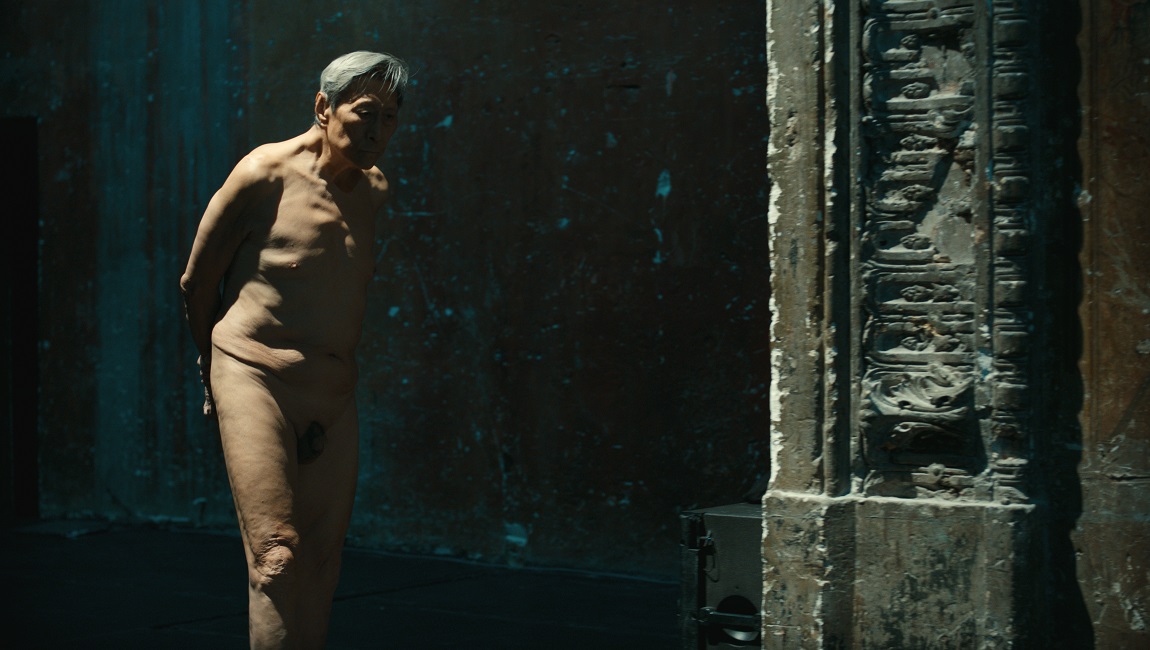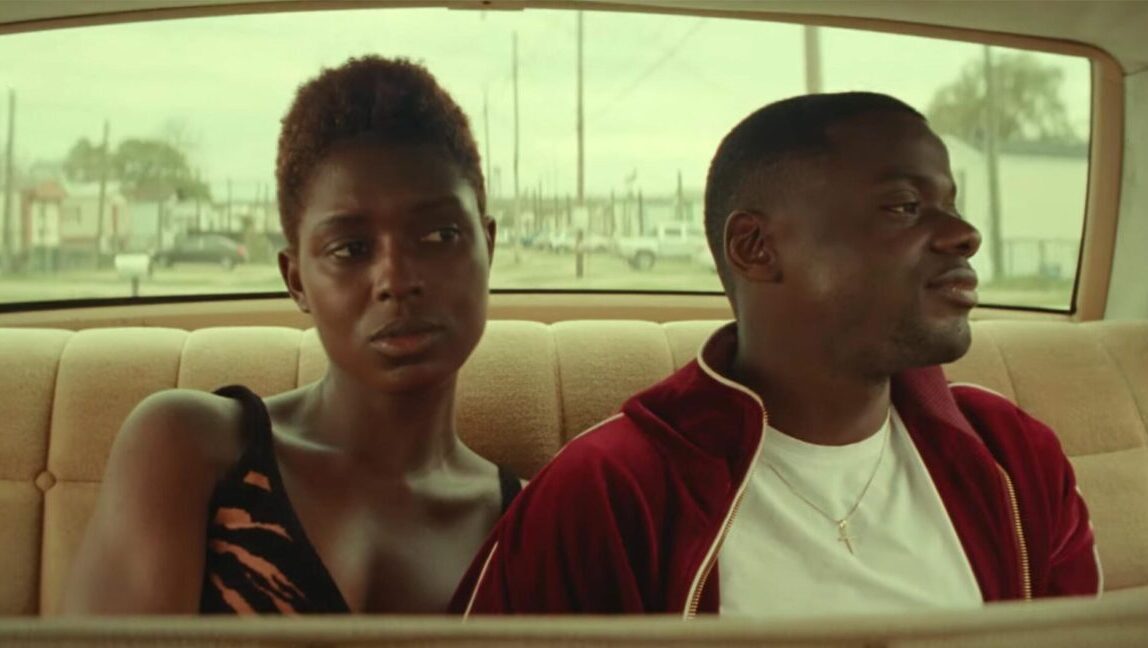In many respects, each of the works by Wang Bing at Cannes this year exemplify the now reigning axes of Wang’s interests and style. Youth (Spring) is the latest embodiment, in now sparser and more controlled form, of what West of the Tracks: Tie Xi Qu (2002) established, Crude Oil (2007) (for want of a better word) refined, and 15 Hours (2017) crystallized, in terms of worker focus. And Man in Black expresses the filmmaker’s other set of concerns — starting with Fengming: A Chinese Memoir (2007) and typified in Dead Souls (2018) — regarding the history of China and its brutalized individuals under communism and the Cultural Revolution, with particular focus on those who became victims of labor camps such as Jiabiangou and the ways all and sundry lives were left to rot and ruin after.
In a 2014 documentary on Taiwan New Cinema, Flowers of Taipei, Wang briefly laments Mainland Chinese cinema with the provocation that “there [are] no people,” and in many respects it is this problematic that his cinema exists to correct. Indeed, while the two definitive modes of Wang’s career thus far mentioned above clearly articulate this, the films that fall in between do so in ways that reify this interest all the more so in the anonymous homeless (Man With No Name [2010]), refugees (Ta’ang [2016]), rural lives of children (Three Sisters, Alone [2012-3]) and mentally ill (‘Til Madness Do Us Part [2013]). In all respects, the director’s works are rooted in, as French film scholar Georges Didi-Huberman puts it, “observing, studying, respecting, and finally admiring [people] exercising their intelligence and their experience in the fight for existence with very little help.” Man in Black is a distinct and specific expression of this project in the “historical oppression” lens, at once rhyming with Wang’s portrait of artist Gao Ertai, Beauty Lives in Freedom (2018), and its record of a life that took flight, while also displaying evocative formal and sonic flourishes not seen since works such as The Ditch (2010) and the short Brutality Factory (2007).
Man in Black takes as its focus the fight for existence of classical composer Wang Xilin, and violence that he endured during the Cultural Revolution, as he repressed and eventually came to find avenues of expression for his artistic impulses in minor rebellions against the strictures of hegemonic control. In contrast to many of the Wang works mentioned previously, this new film is a considerably tighter, more blistering, and provocative affair. It also only lasts a mere 60 minutes: Wang Xilin appears nude, on a stage, for stretches, taking on positions and voicing sounds made during his struggle sessions, which are then interrupted by either performances of his musical pieces or interviews in which he discusses his life, the historical setting and experience, and the inspiration each brought to bear on the music in question, as recordings of his musical pieces aggressively swell over and suffuse the sound design of the film. Much as Brutality Factory exists as a work of memory and specters in an industrial setting which bears within itself the history of this violence, Man in Black sees Wang Xilin offer a literally naked portrait of what his existence as a performer is like, as the stage of the film’s rundown French theater remembers the suffering that every stage his work plays on becomes a host for in the performance of his and his nation’s pain. It’s a notion the film powerfully expresses, formally, in its closing moments, as a shot of Wang Xilin ambling in circles on the stage spirals up and around the theater to finally fix and conclude on a shot of him looking down at the same stage, presumably at himself, and what he cannot but relive. It is a striking and stirring end that underscores an impressionistic dynamism not commonly witnessed in this director’s oeuvre, given as it has been (particularly in recent times) to distended, protracted rhythms of repetition, spoken memory, and silent pain.
In his InRO review of Youth (Spring), Noel Oakshot concluded with the idea that Wang is currently in a state of “abdication” as an artist, “retreating to the same subjects with no change in orientation,” due to struggles with censorship. As the opening here may suggest, this writer sees these subjects as having always been Wang’s only subjects, the variable being the ways in which the director finds in the historic the modern and the modern the historic. To risk what may be pure, spurious anecdote and conjecture, it is understood that Wang no longer resides in China but France, works almost exclusively with foreign producers to skirt State censorship, and visits purely for filming purposes. In this sense, it’s hard not to see in the figure of Man in Black’s Wang Xilin (who now lives in Germany) — or, indeed, Beauty Lives in Freedom’s Gao Ertai (who fled China for the US) — surrogates for a dilemma that the director may find himself to be in as an artist: the search to find the people of his home, to record their memories and erect monuments to their fights for existence, and how it’s led him away from that home all the more, left him circling the stage and oriented wholeheartedly towards his only subjects and the ways he may express them. There are definite concerns to be gleaned from this film and others by Wang, including his particular reliance on foreign finance and how it’s limited certain of his works to the confines of art exhibitions, as well as the political ostracization that could be construed as a kind of diasporic and ideological navel-gazing. But what Man in Black underscores — just as any Wang film does — is that there is power in an unwavering orientation toward keeping memory alive and maintaining a faith in the truth spoken and experiences endured by people, as much today as in the past, who have been made to fight for their existence.
Published as part of InRO Weekly — Volume 1, Issue 22.







